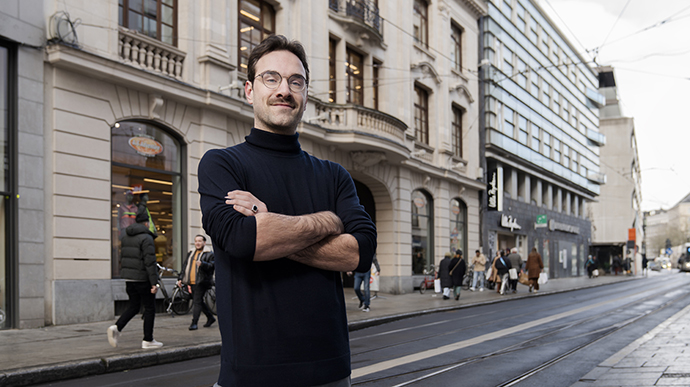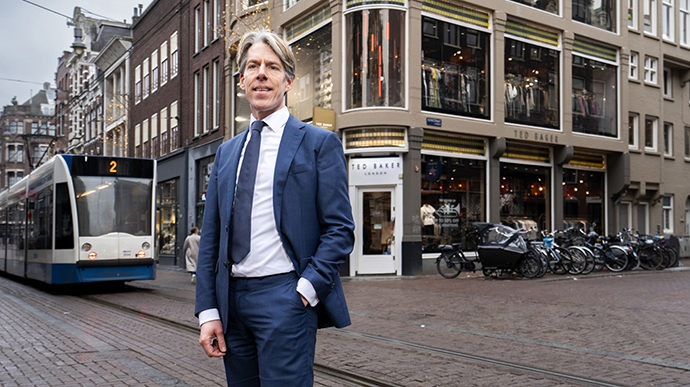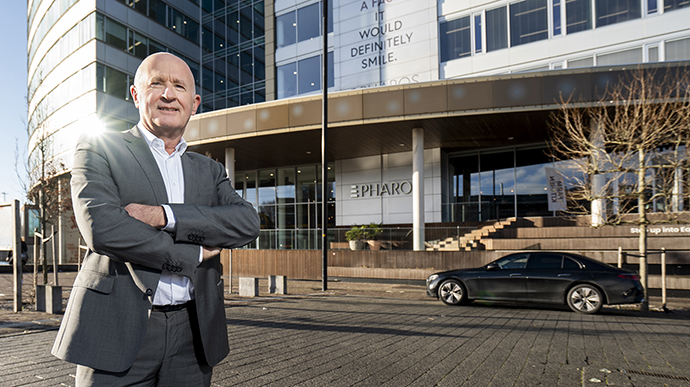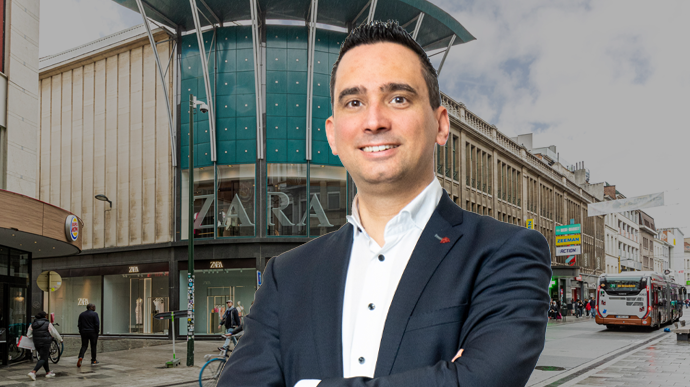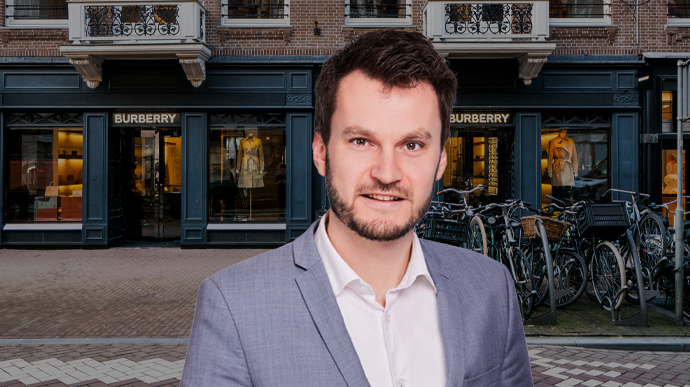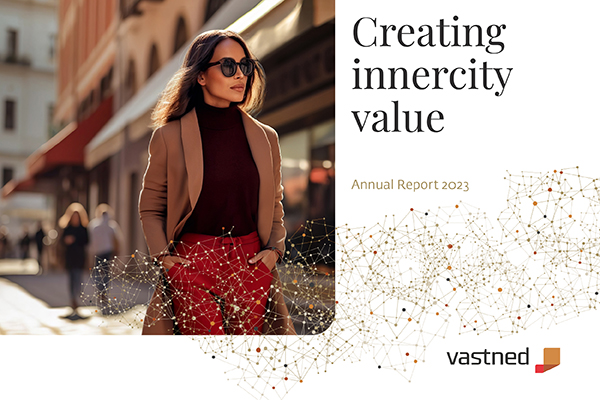Sustainability at the core
Cedric Bodart: “In 2021, we analysed the desired Corporate Sustainability Reporting Directive (CSRD) direction and activities based on the CSRD requirements for real estate companies like Vastned. We supplemented this with our expert knowledge and looked at what Vastned’s peers were doing in specific areas. This provided the basis for animated discussions with Vastned’s Executive Committee. It’s remarkable to see the ExCo members’ strong determination to achieve substantial progress. They not only show an ability to listen to each other but also demonstrate a willingness to consider opposing opinions and work towards a compromise.”
Cedric Bodart: “In 2021, we analysed the desired Corporate Sustainability Reporting Directive (CSRD) direction and activities based on the CSRD requirements for real estate companies like Vastned. We supplemented this with our expert knowledge and looked at what Vastned’s peers were doing in specific areas. This provided the basis for animated discussions with Vastned’s Executive Committee. It’s remarkable to see the ExCo members’ strong determination to achieve substantial progress. They not only show an ability to listen to each other but also demonstrate a willingness to consider opposing opinions and work towards a compromise.”


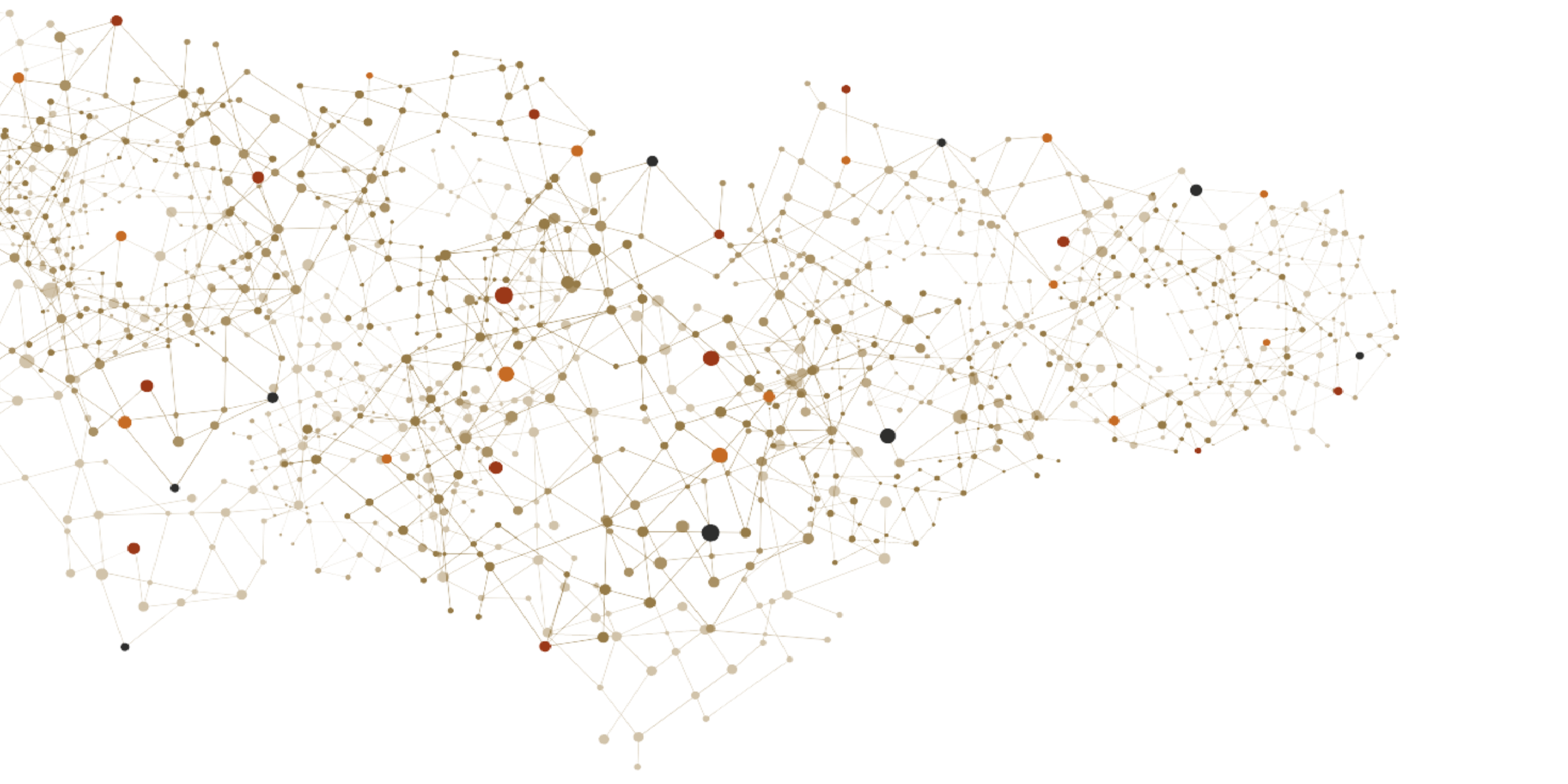
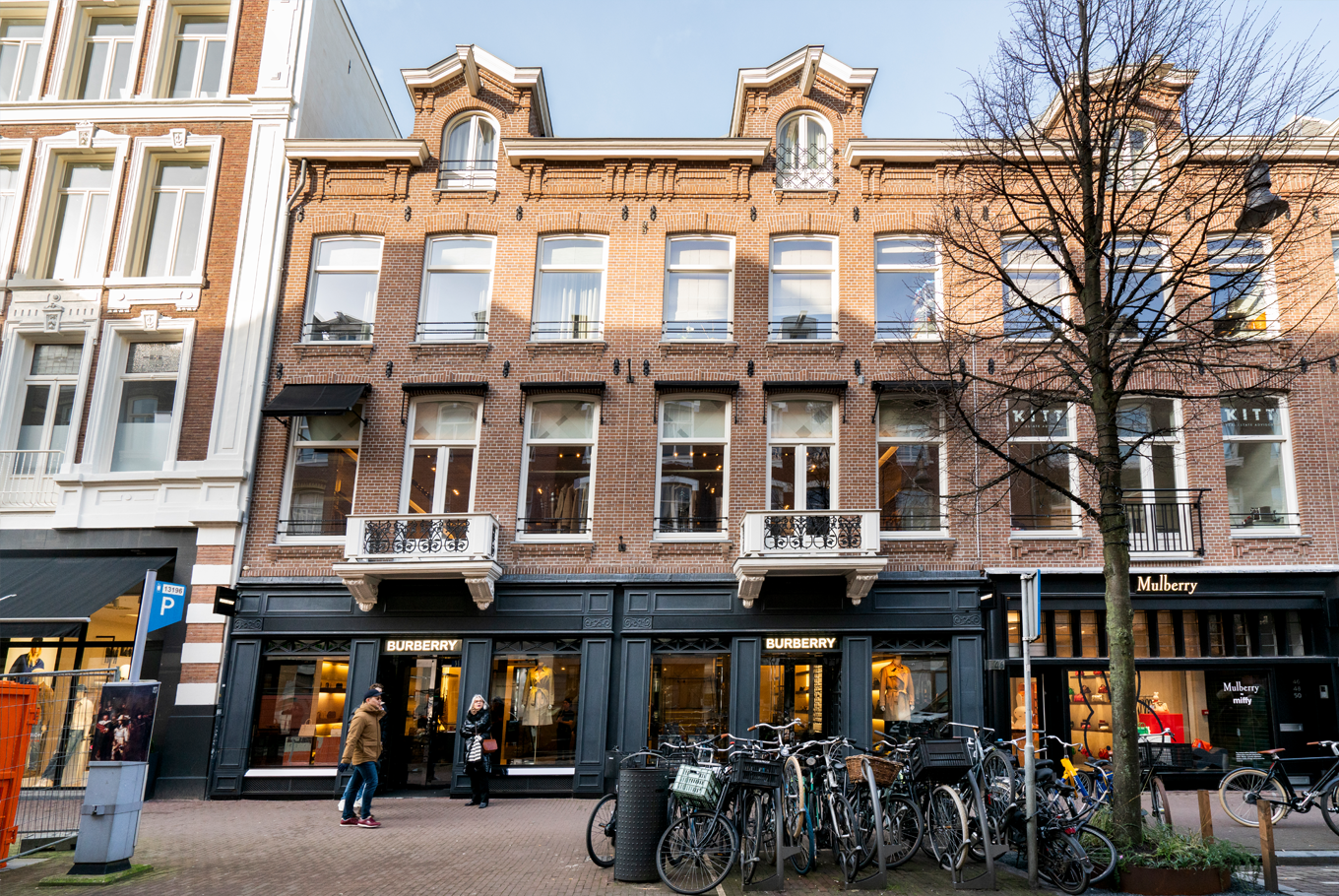
Vastned’s business and materiality
Vastned’s materiality assessment concluded in quite a few unique material topics, connected specifically to Vastned’s business. This resulted, for example, in the topic of “Preservation and improvement of cultural heritage” which is an excellent demonstration of Vastned’s balancing exercise. The preservation and improvement part are in constant conflict with one another, as preservation of existing structures and features often mean the inability to execute renovations and improve the casco of the building. This is inextricably linked to another highly material topic of Vastned, ‘Energy-efficient buildings’. Vastned addresses this topic conscientiously using the Carbon Risk Real Estate Monitor (CRREM) method. This is a comprehensive and internationally-recognised method to benchmark the energy consumption of buildings against the 1.5 degrees Celsius global warming benchmark from the Paris Climate Agreement. Improving energy efficiency is a key strategic focus for Vastned, but should always be balanced out by taking into account the cultural aspect that a building has on the cityscape. Vastned does not only try to do this in its own investment approach and way of working but extends this responsibility to its tenants as well. The material topic ‘Responsible Rent and Lease Management’ exemplifies Vastned’s commitment to sharing the responsibility of preservation and improvement with its tenants. One of the KPIs linked to this topic is that leases require tenants to provide their sustainability data to Vastned. This way Vastned can assess energy performance of its entire portfolio and adjust CapEx plans accordingly. At the same time, Vastned wants tenants to take explicit sustainability measures themselves. This is because the organisation takes its supply chain responsibility seriously.
Robust and coherent package
There is definitely a robust set of well-connected material topics and KPIs that fits the purpose and uniqueness of the organisation. These offer a clear view of their ambitions, objectives and elaborations. The next step will be to continue building on the groundworks laid in this year’s extensive exercise, to make impacts, risks and opportunities in the chain more visible, and to continue our work on the EU Taxonomy, Cedric Bodart concludes. Step by step, we are preparing Vastned to be CSRD compliant.
Related
articles
